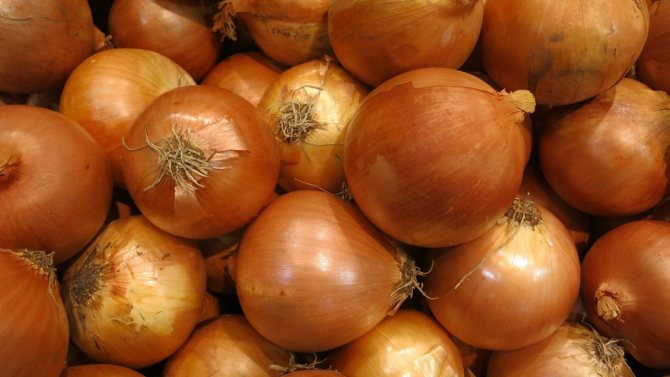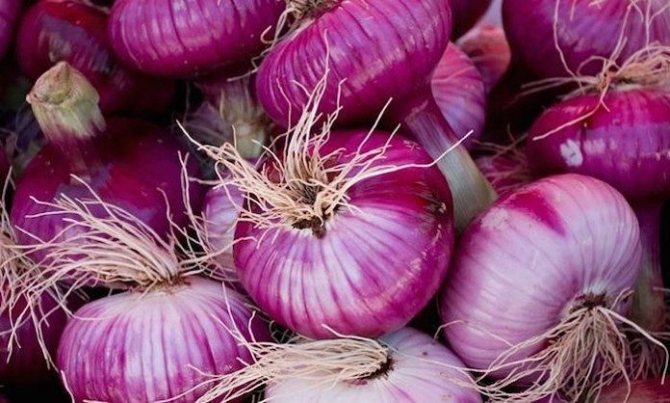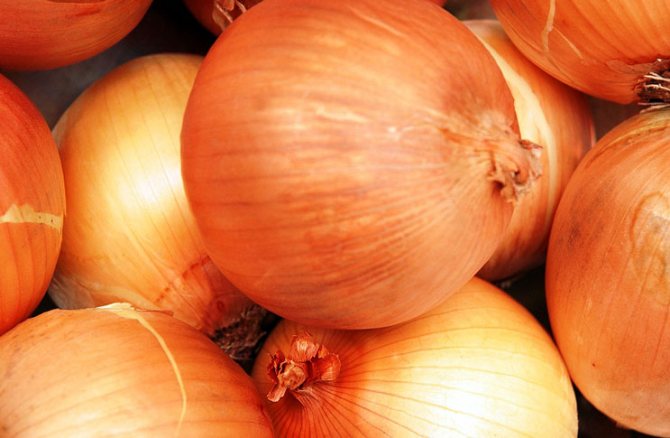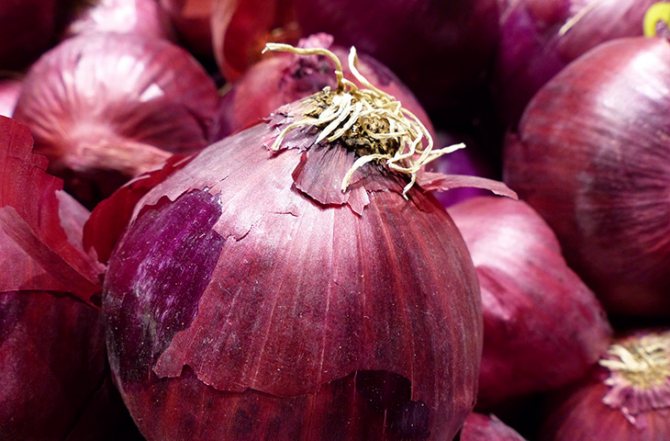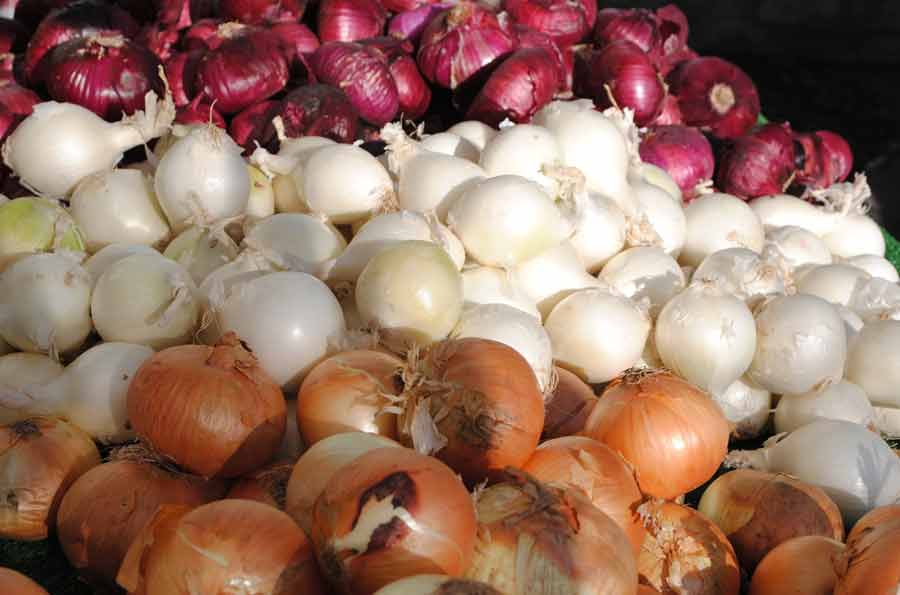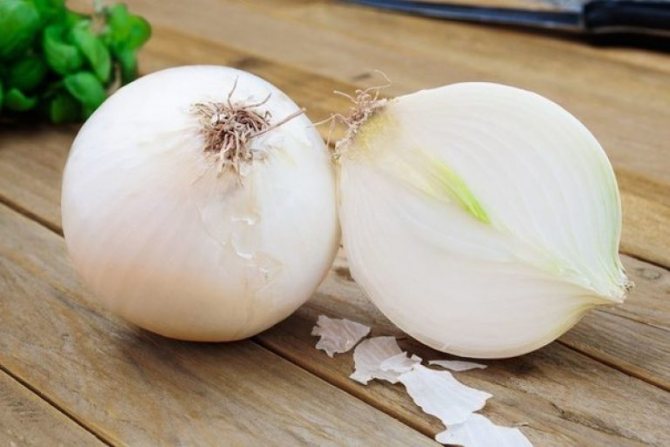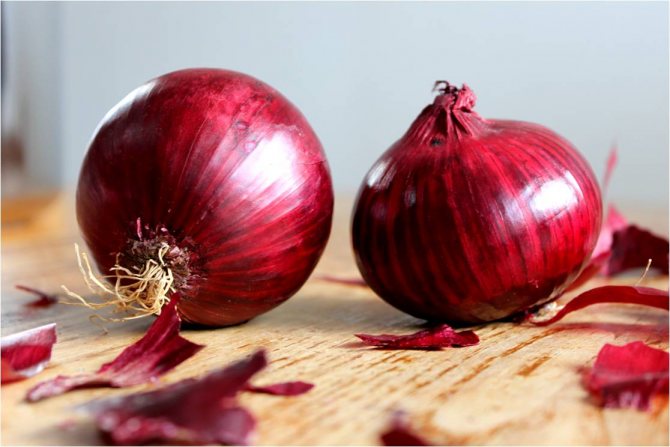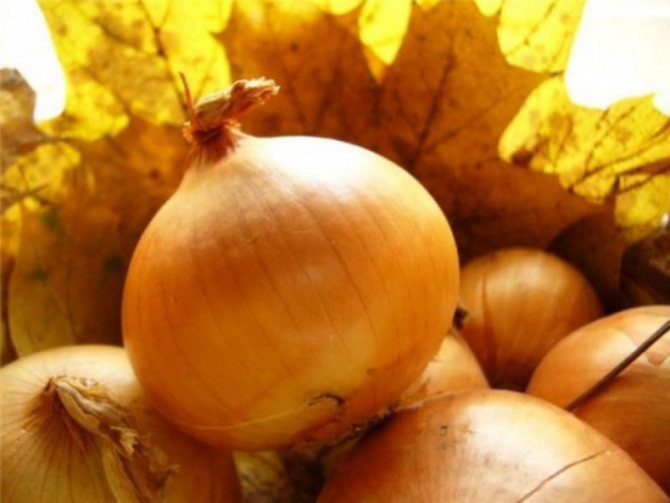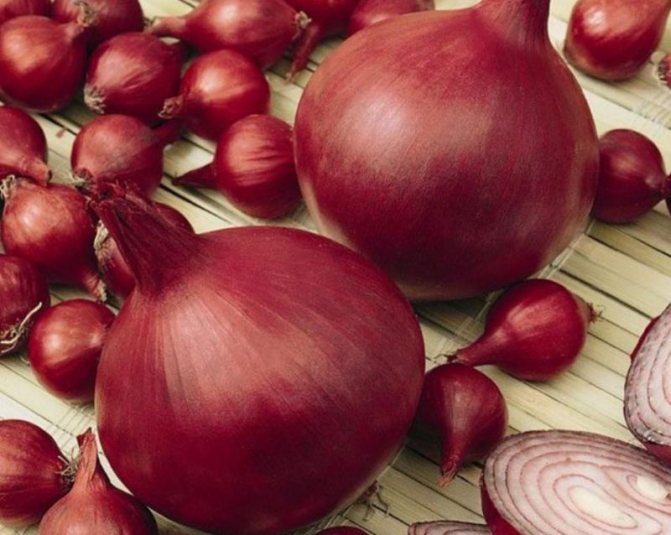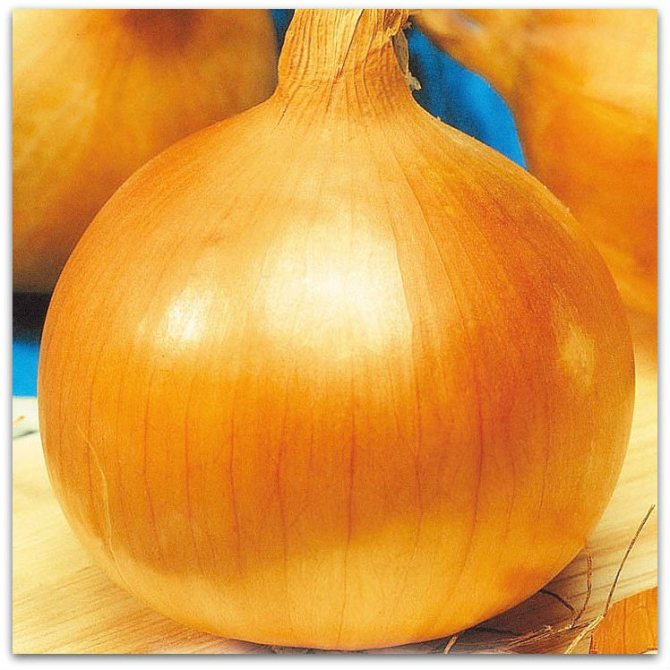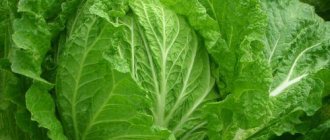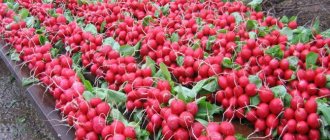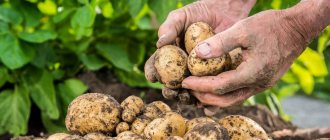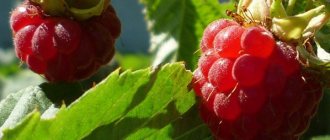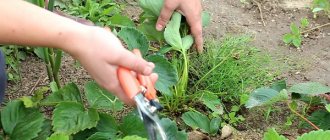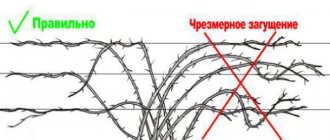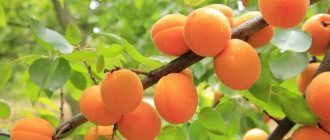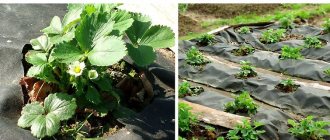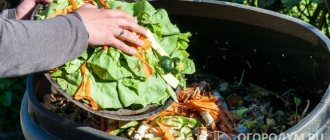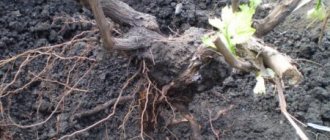10 secrets used by experienced gardeners will help you grow a good harvest of onions. These recommendations allow you to increase the yield several times and extend the shelf life of the heads.
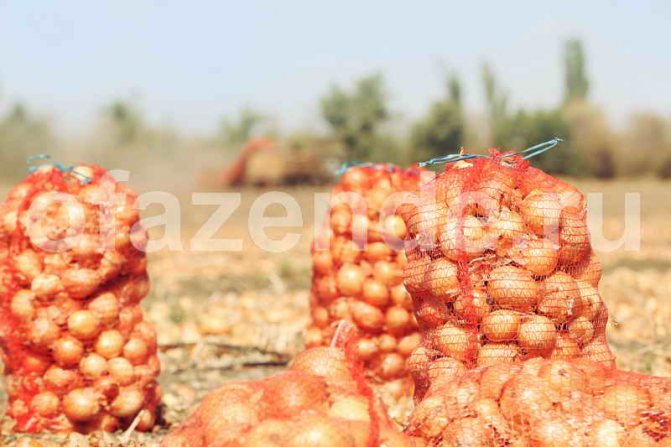
Growing onions. Illustration for this article is used under a standard license <33
Varieties of onions
In some cultures, almost all parts are used: onion, stem, greens. Certain species are grown for the sake of individual parts.
Onion
The most demanded species is characterized by unpretentiousness, high yield, long shelf life. The culture develops well on fertile loose soils, illuminated areas.
The main stages of care: watering, loosening the soil, fertilizing, disease prevention. Onions do not like waterlogging. The moisture content of the soil deserves special attention during the period of bulb formation. The best fruit varieties: Carmen, Bogatyrskaya strength, Sturon, Orion.
Shallot
A perennial herb is planted in autumn and spring. For cooking, young greens are used - thin dark green leaves of a rounded shape with a light waxy coating. Leaves are cut several times during the season. Also, small reddish-brown elongated onions with an original taste are added to the dishes. On one bush, 17-20 pieces are tied.
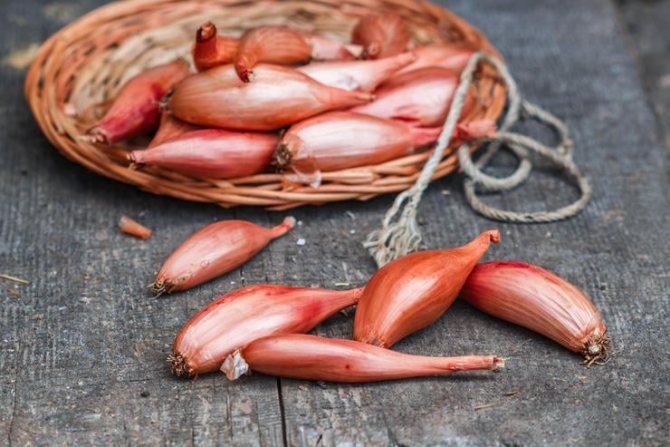

The culture develops better in beds located in the shade. Shallot fully develops on moist, fertilized soil. The plant is not capricious in its care: the beds are weeded, watered, loosened the ground.
Leek
The biennial plant is grown in many countries of Europe and North America. Onions are resistant to cold weather, but need hilling when cultivated in regions with harsh winters. A powerful root system is formed in the first year of life. Young, flat, long leaves and a white stem are eaten.
When choosing places for planting, loamy floodplain soils deserve preference. Leeks will not thrive on light sandy or heavy loamy soils. Popular varieties:
- Columbus, Vesta with a growing season of 90-130 days. The stem grows long and thin;
- Casimir, Alligator, Bandit. The growing season is 150-200 days. In the Urals, in Siberia, it is advisable to plant seedlings. The stem is short and thick.
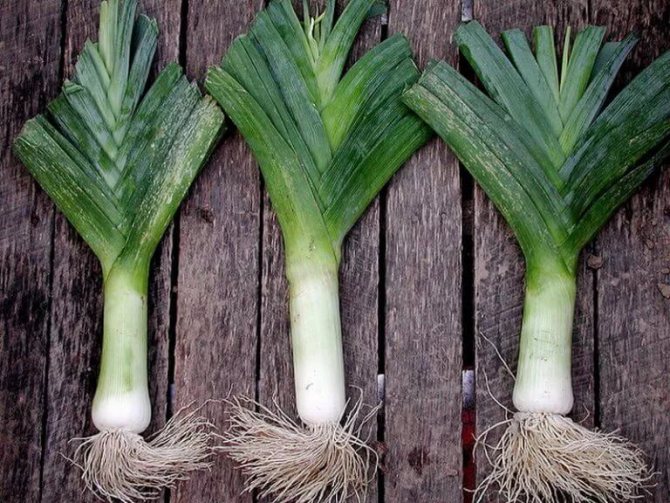

Care features: frequent watering, soil loosening, hilling, top dressing. The plant is left for storage completely (with stem and leaves).
Chives
An unpretentious species is grown for the sake of small green feathers. The seed is planted in April. The culture is cold-resistant, moisture-loving, germinates well in illuminated areas. For collecting fresh herbs, 2-3 year old bulbs are suitable. Feathers are cut several times during the season, but it must be borne in mind that from the second half of summer they become coarse. For an early harvest, Chemal, a mid-season Albion variety, is planted.
Schnitt blooms with beautiful lilac-purple flowers, so the plant is often planted for decorative purposes.
Fragrant
The onion got its name due to the delicate aroma of the inflorescences. Dense, fleshy leaves grow to a height of 35-60 cm. It can grow in one place for 3-4 years, propagates by bulbs or seeds. Greens retain their tenderness and pleasant aroma until late autumn. During the season, the onion is cut repeatedly (3-4 times).
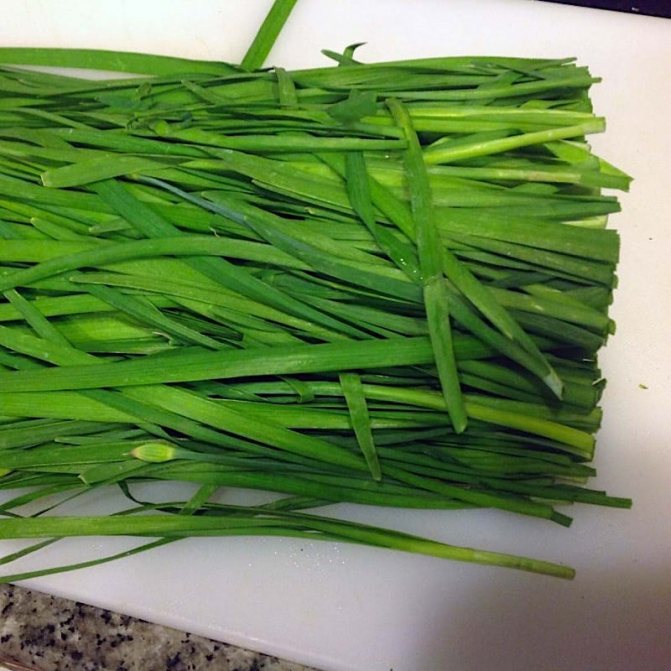

Expert opinion
Stanislav Pavlovich
A gardener with 17 years of experience and our expert See also Favorable and unfavorable for harvesting onions for storage - lunar calendar for 2020
Ask a Question
Advice! If the leaves are not cut off, the bush begins to turn yellow and wither. Pruning stimulates the growth of the growth.
The plant is undemanding to the composition of the soil, it develops well in lighted and shady beds. The plant is drought-resistant, but juicy greens grow with abundant watering.
Multi-tiered
The culture stands out in the beds with an unusual appearance: an inflorescence of large air bulbs forms at the top of the arrow. New flower arrows grow from the inflorescence, also ending in inflorescences. On one plant 2-4 levels can form. Wide tubular leaves are used for food, and the bulbs are deliciously pickled.
Plants grow well on light, loose soils and tolerates cold and drought. Basic maintenance requirements: moderate watering, weeding, loosening and fertilizing the soil.
Onion
A perennial crop grows tall, tube-shaped stems and deep green tubular leaves. The onion forms a powerful root system that grows almost a meter deep into the soil. The plant tolerates drought, but this affects the foliage (bitterness appears). Therefore, it is better to place the beds next to moisture-loving plants.
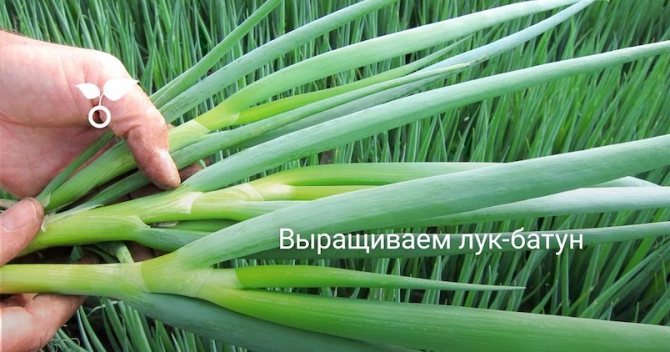

Expert opinion
Stanislav Pavlovich
Gardener with 17 years of experience and our expert
Ask a Question
Important! The culture does not like acidic soils. Autumn liming will help to lower the acidity (200-300 g per square meter of dolomite flour is sprinkled on the garden bed).
Common varieties: Russian, Pierrot, April. When creating perennial beds, seeds are sown in summer and autumn.
Aging Buchu Bow
Wild culture grows in its natural environment grows on the slopes, mountains of Mongolia, Kazakhstan, China, Siberia, Korea. There are several types:
- long, narrow leaves grow on the European onion;
- powerful bushes are formed by the Trans-Baikal variety;
- Altai-Sayan type is distinguished by straight short leaves;
- the leaves of the Far Eastern are wrapped in long bizarre spirals.
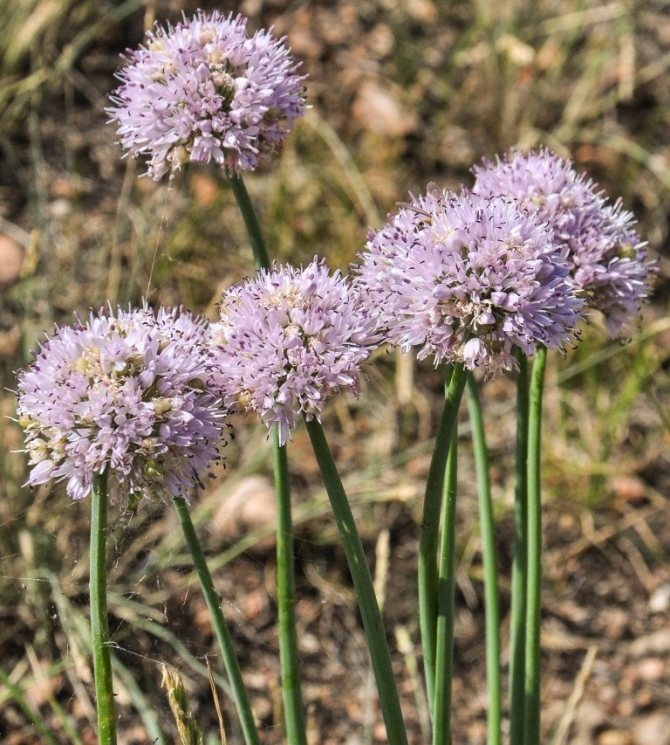

Greens are used to make soups, salads. You need to cut the leaves in the spring, because in the second half of the season, the stem and foliage acquire bitterness and noticeably coarse. Onions are also used - they are cut into pieces and added to dishes in a dried form.
Garlic
Hairstyle onion (Rocambol) is a perennial plant. A spherical inflorescence of many small flowers is formed on a stem about one and a half meters high. From the second year of life, the bulb is divided into cloves. With good care, the bulb grows up to 15 cm in diameter. In early spring, the cloves are planted in prepared beds. Winter onions are planted in early October. In cold regions, it is advisable to cover the beds with onions with a layer of mulch.
The hybrid culture has a spicy mix of onion and garlic flavors. Leaves and bulbs are added to food. The fruits are stored like regular garlic.
Ramson
The unusual broadleaf onions are harvested in the spring in the fields or forests. Wide leaves (length 25-30 cm, width up to 10 cm) are not bitter at all and have a barely perceptible garlic smell. Bulky bushes are cut immediately in the spring, because by the beginning of summer the greenery disappears.
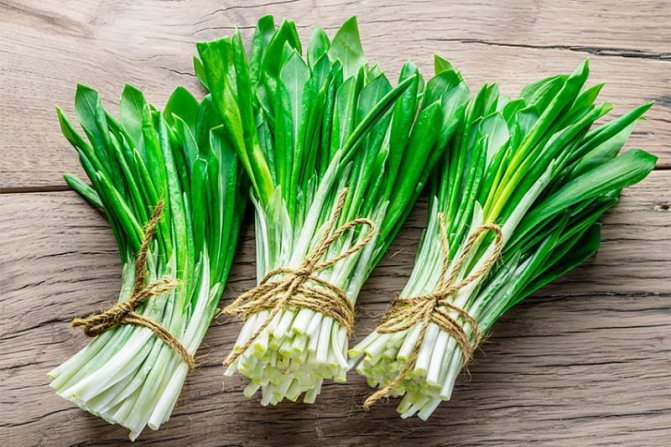

In summer cottages, seed can be planted in early spring or late autumn. Harvesting greens begins from the second year of the plant's life.
Growing features
Growing sweet onions is no more difficult than growing regular ones. However, there are a number of features that will allow you to achieve a good harvest and a pleasant taste:
- Planting is best done in sunny areas. In the shade, onions most often begin to produce more greenery, while the bulb does not develop.
- Before planting, fertilizers are applied to the soil, and during the season several more dressings are carried out to provide the vegetable with all the necessary elements.
- It is best to soak seeds and seedlings in potassium permanganate before planting, and plant after they dry out.
Choosing the best varieties of onions
To simplify the choice of onions, experienced gardeners recommend taking into account the growing season, favorable areas for growing, and the taste of the fruit.
By ripening period
The division by ripening periods is arbitrary, when choosing a plant, you can focus on the growing season:
- early varieties form a bulb 90-110 days after germination. Popular: onion Red Harrow, Karatalsky, Carmen, April Batun;
- in mid-season varieties, the growing season is 105-120 days. Famous types of onions are Shakespeare, Globus, Chalcedony, Baia Verde batun, Russian winter.
- Late onion (Kaba, Dzhusay, Globo) ripens in 120-145 days after sprouting.
See also Why onions turn yellow and what to do about it
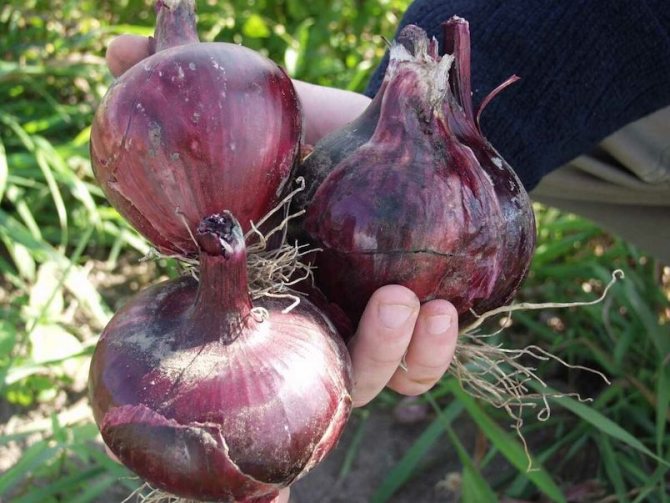

Red harrow
Depending on the region of cultivation
Conventionally, you can divide the onion into several groups that are better suited for planting in regions with certain climatic features.
In the Kuban, you can start planting onions from mid-April. Plants are planted with different ripening periods: Centurion, Troy, Red Baron, Elan.
In the Moscow region, a suitable period for sowing onions is the end of April. Early and mid-season Sturon, Hercules, Orion are widespread.
Onions are planted in Siberia and the Urals in early May. Annual Siberian, Timiryazevsky, Stuttgarter are in demand.
Expert opinion
Stanislav Pavlovich
Gardener with 17 years of experience and our expert
Ask a Question
Advice! In the southern regions, onions can be sown as seeds. Planting seedlings, sevka are acceptable options for growing vegetables in the middle lane and northern zones.
Selection of varieties to taste
Depending on the taste, the bulbs are divided into three types: spicy, semi-sharp, sweet:
- spicy varieties include early ripening. The bulbs are keeping quality because they are covered with several layers of dense peel. The fruits contain a large amount of essential oils, therefore they are very smelling. The disadvantage is low yield;
- semi-sharp bulbs have a loose flesh. The yield is higher than that of the early spicy varieties. This species belongs to the mid-season - the fruits ripen longer;
- sweet varieties stand out for their high yields. Turnips are used for making salads. Minus - onions are poorly preserved for a long time.


In the southern regions, sweet varieties are most often planted (names - Exhibishen, Comet F1, Campillo). For the cultivation of acute and peninsular varieties (Strigunovsky local, Sturon, Centurion F1), the climate of the middle zone and northern regions is suitable.
What affects keeping quality?
There are no trifles in preserving the harvest, pay attention to:
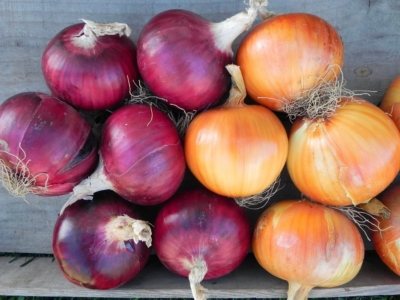

- Landing dates... It is necessary to take into account what the variety requires, and how long the bulb ripens. By the time of harvesting, it should be ripe.
- Amount of nitrogen fertilizers... Their excess softens the bulb, prolongs the ripening period and reduces the strength of the protective scales.
- No diseases of the planting material... Onion sets with damage and disease, after improper winter storage, also give a sick crop that is not stored.
- Cleaning time... Landmark - massive feather lodging. After that, you cannot pull with harvesting, otherwise the bulb will begin to release new roots and will not be ready for storage at all or will rot if it is cold and wet outside.
- Storage preparation... The harvested crop must be ventilated in the sun, wait for the leaves to dry and then sorted by size and grade, cut or braided into braids and stored in small air-permeable containers.
- Storage conditions... For all varieties, the conditions are the same: ventilation, humidity 50 - 60%, air temperature 0 - 2 ° C.
- Variety... Sweet varieties are not stored, germinate in a month or two. Peninsula will last up to six months. Sharp - do not lose their qualities for 8 - 9 months.
Expert advice
- To stimulate the regrowth of feathers and increase their number, before planting the bulb, incubate for several days at a temperature of 35-40 ° C. After that, shorten the neck by the shoulders and moisten with warm water (40-50 ° C). Leave the bulbs in a damp cloth for 3 days.
- The bridge planting method is great for forcing onions on a feather. Its essence is as follows: medium-sized bulbs are planted in grooves tightly to each other (at a distance of no more than 2 cm), sprinkled with humus or garden soil with a layer of 1-3 cm and watered thoroughly.
- If you wish, you can plant small and rotten bulbs separately. They will not give very much greenery, but it is better than nothing.
- When planting bulbs that have already begun to grow feathers, give them more space - there should be about 2-3 cm between the bulbs and the rows.
Arrow selection
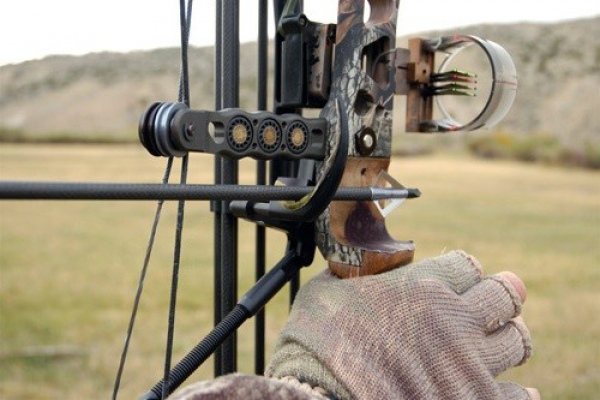

Don't try to buy arrows as cheaply as possible. Economy-class arrows can break after the first launch, while elite arrows can survive even the hundredth.- Booms should be selected in terms of length, stiffness, weight, aerodynamic stability.
- Sport arrows are not suitable for hunting because they have a bullet-shaped tip that makes it easier to pierce the target and retrieve the arrow. In hunting, the tip is made of several sharp blades or like shockers. In addition, bow manufacturers indicate the requirements for arrows in special large tables, which are usually laid out on the manufacturer's websites.
- Novice archers should buy ready-made arrows; only experienced craftsmen can make them by components when repairing or collecting arrows "for themselves". The device of high-quality arrows is quite complicated, therefore it is almost impossible for a beginner to make them.
- For arrow components:
- Shaft: Made of aluminum or carbon.
- Shank: plastic.
- Plumage: There are three main types: straight, angular and helical.
- Insert: in fact, this is the mount into which the tip is screwed.
How to dry
Onions grown independently on a personal plot are dried either directly in the beds, or in a draft, in a ventilated place. In good sunny weather, the dug onions are simply left in the garden without cutting off the roots and dried feathers. From time to time it needs to be turned over so that it dries evenly on all sides. Will take such a lesson (if the weather is appropriate) for a week or two. The sun will work not only as a dryer, but also disinfect the surface - not a single microbe can withstand direct sunlight for more than a few hours.
Tips for storing onions in winter. Agriculture experts say the secret to keeping as much on winter onions as possible is to dry them completely. Thus, the asparagus must be exposed to the sun for several days, with leaves and turning frequently. If you don't have sunny days, onions can be dried in a warm, dry and well-ventilated place. While they are wet, the mussels should be arranged so that there is space between them, as a little touch between them can cause them to change and germinate.
If the weather is damp, the onions will have to be placed indoors or under a canopy (but not in the cellar yet). In this case, you can simply spread it in one layer on the floor of the veranda or room on something that absorbs moisture well (paper, cotton cloth). Also, by the way, you can do it in an apartment. Yes, it will not be very convenient for your family, but you can still have a little patience in the fall in order to use properly dried onions all winter.
Onions grown in a rainy summer are recommended to be almost completely peeled before drying.In the process of drying, new strong scales are formed, which will preserve the onion for the whole winter. You can check the readiness of the material with the most reliable tool - your own hand. If, when you try to immerse your palm in a pile of onions, your fingers pass unhindered, the vegetables are prepared for long-term storage at home.

